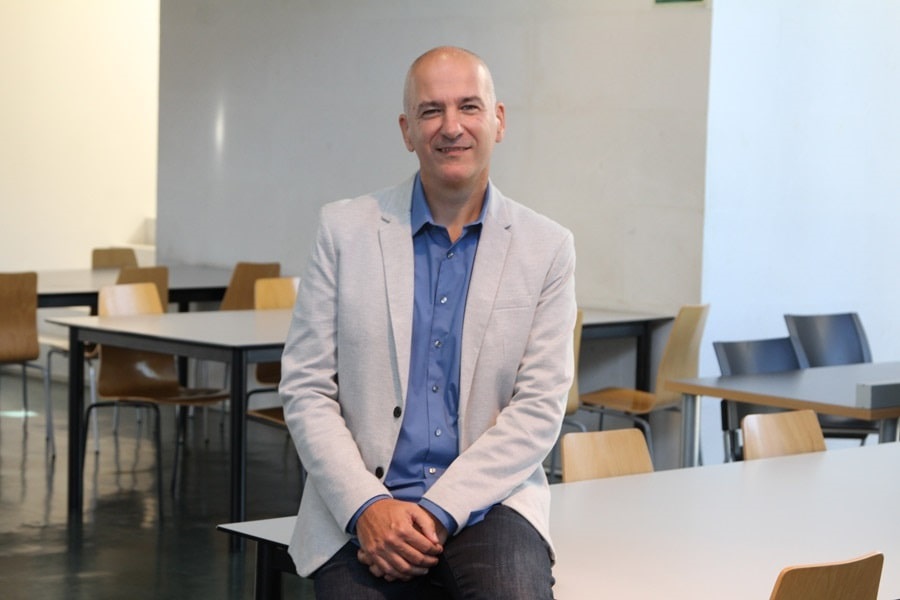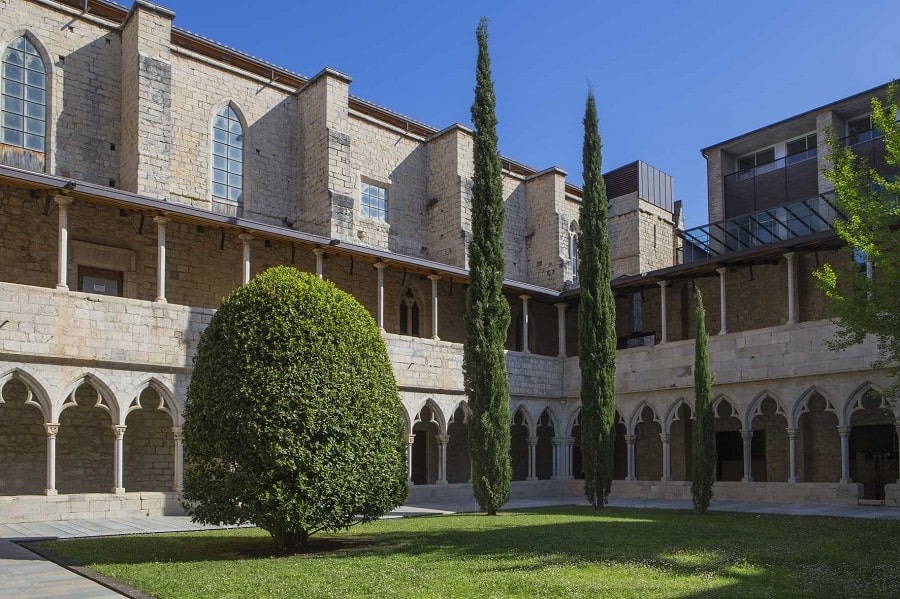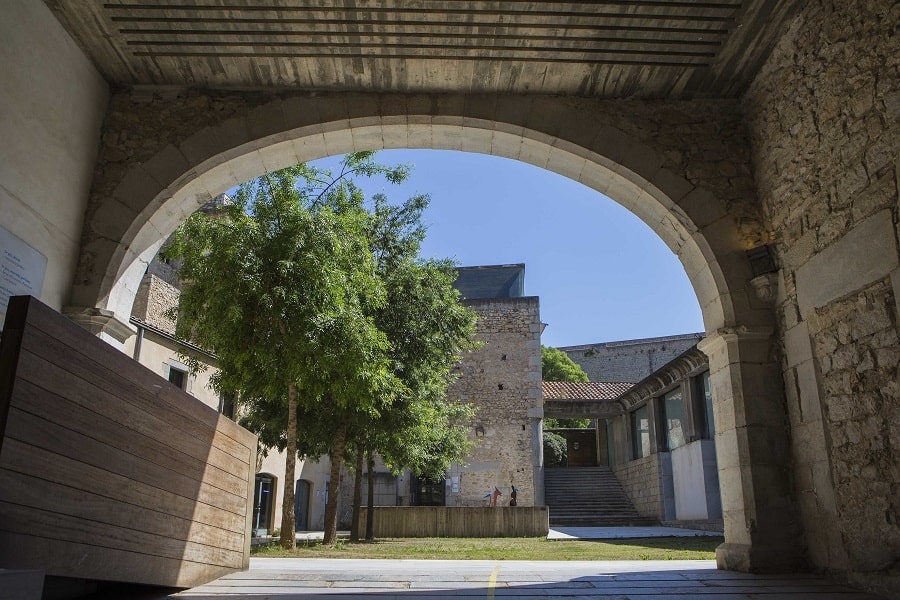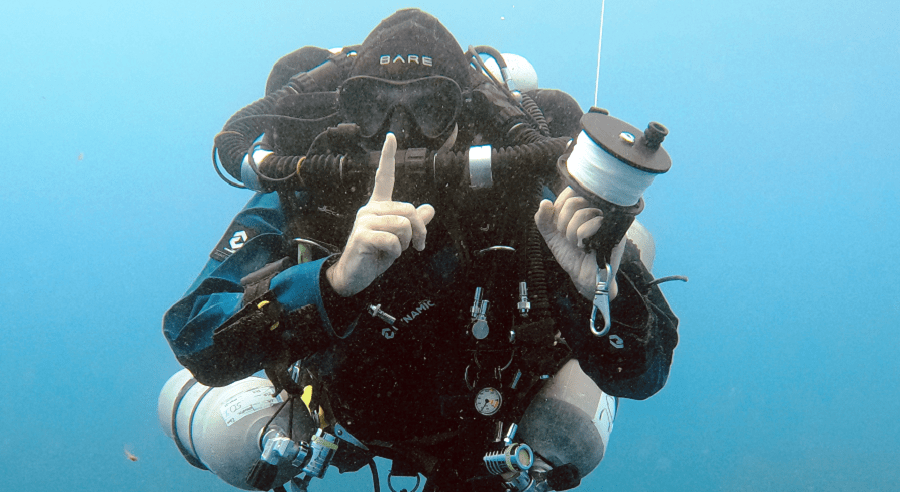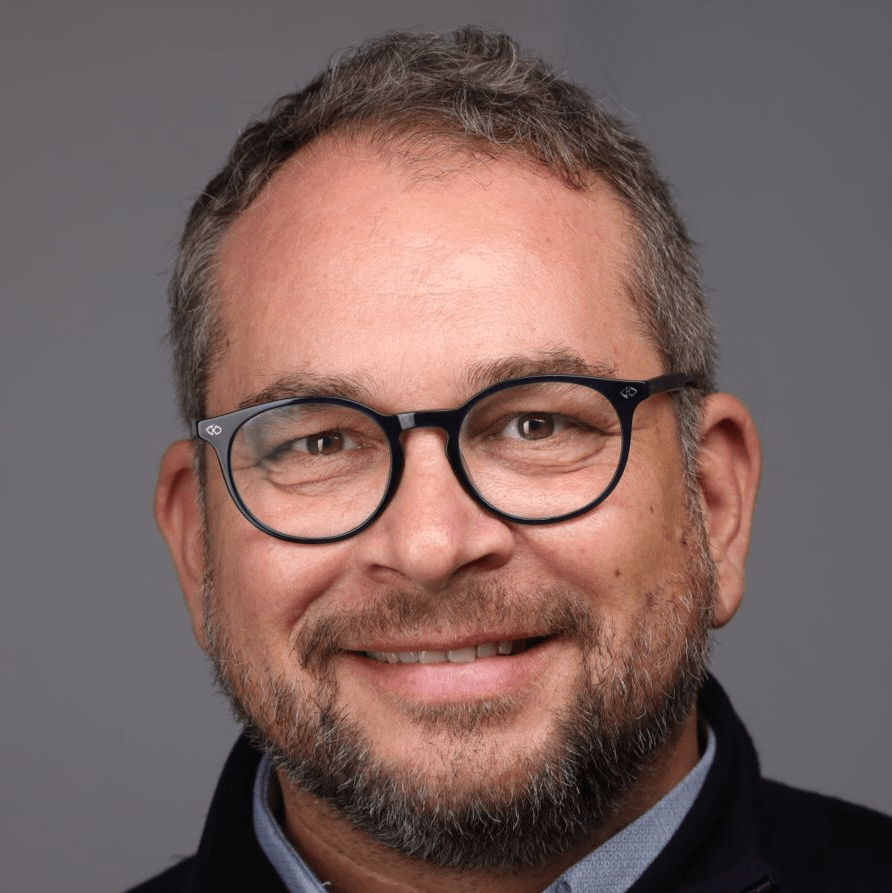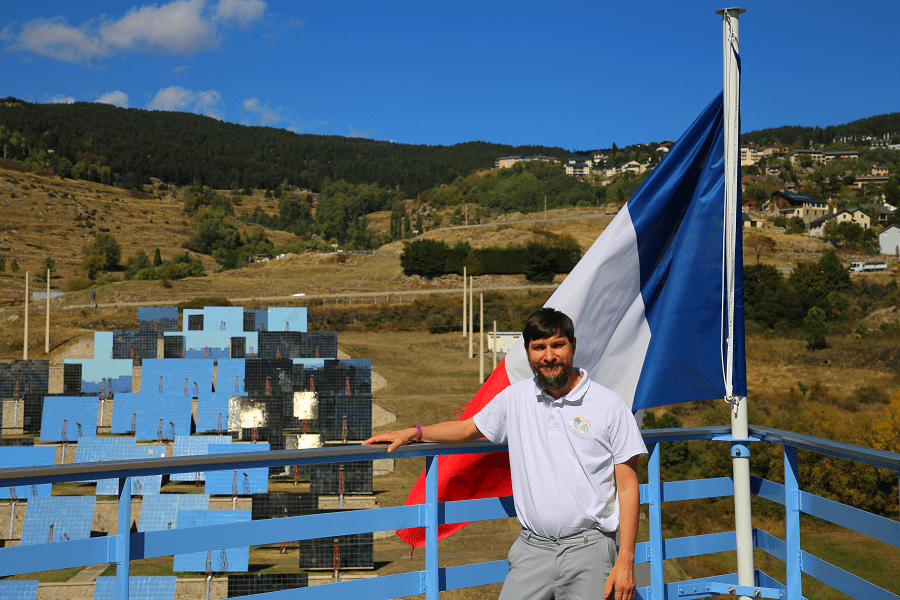University of Girona (UdG) is a public institution integrated into the system of Catalan state universities. The university was opened in 1991, but its prototype has existed in Girona since 1446. It was then that the Estudi General training center was created, which had the right to award academic degrees in such fields as rhetoric, grammar, philosophy and theology, law and medicine.
In 1991, a special Decree of the Government of Catalonia established the new University of Girona.
The University is considered one of the main engines of the regional socio-economic sphere. At the same time, the university is quite cosmopolitan and open to international cooperation, it offers a variety of educational and research programs for students and scientists from all over the world.
Quim Salvi, Rector of the University of Girona (Spain), is a computer science graduate of the Polytechnic University of Catalonia with a doctorate in industrial engineering and an award in engineering from the University of Girona. Professor at the Department of Computer Architecture and Technology, Member of the Computer Vision and Robotics (VICOROB) Research Group, Visiting Professor of Ocean Systems Laboratory at Heriot-Watt University (UK). He is the main researcher of several national and European projects in the field of computer vision and underwater robotics.
In his interview, Quim Salvi told us about the main educational and research programs of the university, its goals, and objectives:
Interview: Irina Rybalchenko
What educational programs are offered at the University of Girona (UdG)?
UdG offers education in all areas: art and humanities, social and legal sciences, natural sciences, architecture, technology, and medicine. In total, we offer 46 different undergraduate degrees and 14 programs that provide for the so-called “double diplomas” (dobles titulacions).
In addition, the University of Girona offers 47 master’s degrees, of which 22 are inter-university, that is, they are coordinated with other universities.
I would like to highlight the program – Erasmus Mundus (a student exchange program created by the European Union to increase the European students’ mobility and improve the quality of higher education by financing academic cooperation between Europe and the rest of the world). We offer two programs – tourism and materials science, which are highly valued by the European Union.
Regarding doctoral degrees, UdG coordinates 14 programs, six of which are inter-university. Therefore, we can say that our university is present in almost all knowledge areas, and most of the students’ scientific research can be carried out within our university.
I would also like to mention the double degree program. This area is becoming more and more popular at our university: a student who studies one and a half to two years longer (the standard study program is four years) can receive two diplomas in related professions. True, this offer is geared towards students who are academically brilliant and can withstand the progressive and intensive learning rate.
UdG also has a system of affiliated schools, where one can study in the following professions: physiotherapy, physical and sports activities, performing arts and multimedia, marketing and logistics management. Tourism is offered by the affiliated schools, as well as, the Faculty of Tourism at the UdG.
What faculties are the most popular among students today?
As in all of Catalonia, the area that is most in demand is healthcare and medicine. Law, science and psychology are also in high demand. Faculties that attract nearly twice as many applications as positions offered are social education, psychology and dual degrees in ADE and law, as well as biology and biotechnology. The highest demand in the field of medicine.
The TOP-10 degrees are Nursing (372), Physical Therapy (335), Medicine (306), Psychology (181), Law (170), Business Administration and Management (152), Computer Engineering (135), Advertising and Communications (121), Accounting and finance (114).
There were also increases in the number of students studying history (50 compared to 38 last year), engineering (69 compared to 53 last year) and marketing (81 compared to 37 last year).
How did the global crisis affect the Spanish education system and UdG? Are there financial aid programs for underprivileged students? Do your students receive any scholarships?
This question does not come from the present. We must go back to the 2008 crisis to assess how it affected university education. Increasing the cost of education could lead to disparities that would affect access to higher education and would mean economic discrimination. For this reason, the Generalitat has reduced the tariffs, although they are still among the highest in Catalonia. At the same time, UdG offers scholarships and grants in addition to regional and state institutional initiatives.
In the 2021-2022 academic year, 180,000 euros were allocated and 30 grants were awarded. The Nando and Elsa Peretti Foundation contributed €12,000 and Banco Santander gave €54,000 to co-finance the payments. 29 grants with a total of 21,508 euros were awarded to help disadvantaged students.
Caixa Foundation and CaixaBank provide 15,000 euros for this assistance, and 48,410 euros was also budgeted for ancillary activities, running costs and student council management support.
Concerning grants to encourage student participation, a total of 12 grants with a total value of €15,250 were awarded. Finally, UdG has allocated a total of €8,000 for participation in the Santander Progresso program and €3,850 for participation in the Santander Connect program.
It is worth noting that UdG welcomes students of all nationalities. 80% of students come from Girona and its regions. Many students come from Catalonia and Catalan-speaking regions including the Balearic Islands, Valencia, Northern Catalonia and Andorra.
Today at our university there are more French, Colombian, Romanians and Italians, but this year in UdG classes, you can meet Ibero-American, Kenyan, Korean, Uzbek and Chinese students (Macau), as well as Sudanese, Indian, Iranian and Bangladeshi students.
Are there many students from Andorra at the university?
Today we have 38 Andorran students. This data refers to UdG full-time students. Some students are in the Erasmus program or similar programs.
UdG has historically maintained a very close relationship with Andorra and participated in many POCTEFA projects that link France, Spain and Andorra. Currently, it still supports two POCTEFA projects, one of which focuses on the quality of mountain rivers, especially in relation to the presence of plastic.
In general, the UdG has developed research projects in the fields of tourism, natural heritage, arts, administrative sciences and education. For example, students of the Faculty of Tourism have been engaged in the development of Andorra’s tourism positioning strategy for Spanish operators for several years. We also jointly participated in international conferences on sustainable development and the environment, which received a wide response.
Another example is the study of contemporary art in Andorra by professors Joan Bosch and Francesc Miralpeix, which became the basis for a reference book and led to the Andorran government cooperating with the University of Girona.
Evidence of the connection between UdG and Andorran educational institutions is the UNIVERS project, which is a network of cross-border universities that participated in the Erasmus KA2 competition for European universities. We are convinced that the future of the European university system lies in cross-border international alliances and we want to work on the Pyrenean Axis to connect universities located near this territory.
How many students find jobs after graduation? Do you have employment contracts with companies? Is there a support system for job searches?
Supporting students in finding employment is one of our main tasks. For this reason, we have developed an extensive program of study internships. The job search support system is managed through JobTeaser, which is a special platform for companies and institutions that allows our students to see offers and basic requirements. The platform also has data on training and employment-related events and conferences. Currently, it counts 600 European universities, 70,000 companies and 2.5 million students.
Finally, UdG has a career guidance program with qualified staff that offers activities to support labor market integration through group and individual training and tutoring.
In terms of self-employment, since 2018, UdG has launched a series of programs and events aimed at promoting entrepreneurship, supporting the creation of start-ups and creating new enterprises through special training workshops.
UdG has a strategic plan focused on artificial intelligence. Could you briefly talk about it?
UdG has decided to anticipate the events that will determine the future and be unique in the “sum of intelligence.” We recognize that a combination of natural, collective and artificial intelligence will determine the common thread of learning, science, culture and human evolution in the future. UdG wants the new sum of intelligence paradigm to benefit people. We need to think more in terms of the growth of humanity than the loss of human relevance in the face of technology.
This synergy or sum of intelligence is thus a new source of opportunities that UdG wants to develop for its community and especially for students so that they will adapt to knowledge and professions that do not yet exist.
Thus, UdG wants to deploy a model of teaching, research and knowledge transfer based on a kind of bridge between humanism, science and technology.



